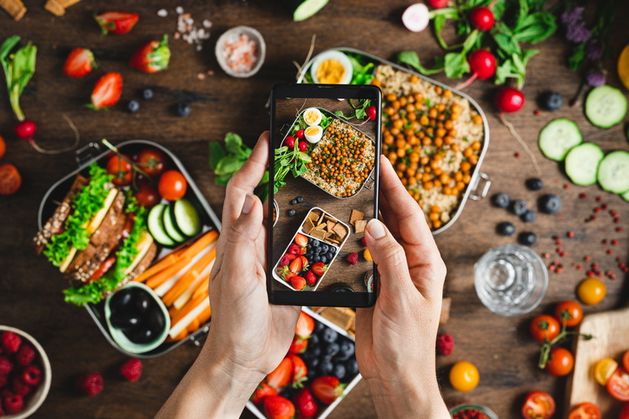Isabelle Fagan, a registered dietitian who currently works for the Orla Walsh Nutrition and Diet Centre, says parents should not feel pressured to feed their children the perfect lunch.
“I think parents put a lot of pressure on themselves when they see these beautifully put together, Instagrammable lunches,” she said. “Ultimately, we want the child to eat the food.”
Ms Fagan pointed out that accessibility is an important factor that many parents overlook when preparing a lunchbox for their children. “Can they even open the banana or the yoghurt packets in the lunchbox and are they comfortable with the food?” she asked.
Children are unlikely to want to try new foods in an unfamiliar environment such as school – especially if they are just starting school, Ms Fagan added.
“We need things that are easy for them to eat, that are quick to eat and that are familiar,” she said.
Fagan said it can help to simplify things by focusing on three main types of food – carbohydrates, proteins and color (fruits/vegetables). An ideal lunch should include those three elements, Fagan said, but parents shouldn’t stress if their child doesn’t eat everything in it.
Isabelle Fagan
“The meals in the lunches that children eat at school make up 20 percent of their daily diet, so it’s not the end of the world if they come home with mostly unfinished lunches because they can make up for it with extra snacks or larger meals at home,” she said.
Children can be encouraged to eat more of their lunch if the food included piques their interest, says Ms Fagan, adding that sandwiches or fruit cut into different shapes can be a real eye-catcher.
One way to motivate children at lunch is to let them help prepare the meal, says Deirdre Grant, director of Cool Food School, which teaches children about healthy eating.
“Parents have a certain responsibility when it comes to their children’s nutrition, but children also have a responsibility when it comes to their own nutrition,” she said.
This can be achieved by giving children a limited choice when selecting their lunchbox and letting them make the final decision, Grant said.
“If you don’t offer chocolate, they can’t put chocolate in their lunchbox,” she said.
Ms Grant also warned against restricting sweets too much, as this could make the food even more desirable for a child.
“You have to be careful not to put food on a pedestal,” she said.
However, Ms Fagan warns that sweetened drinks in particular should be avoided as the flavours can make children think they are fuller than they actually are, which could lead them to not finish their lunch.





